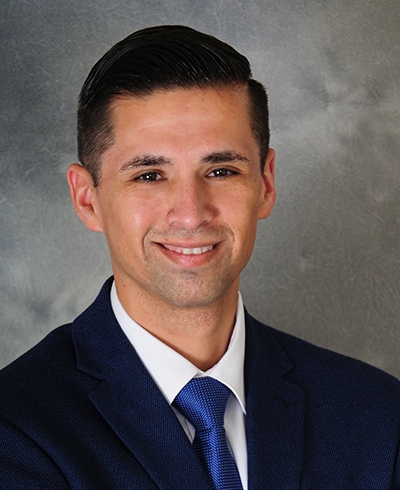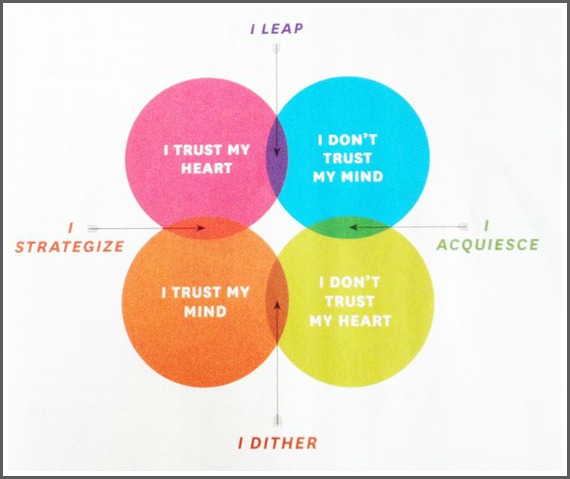
Mobilizing is an effective method of exercising to heal chronic pain problems and injuries. It gives the body just enough stimulation to allow it to heal itself, without over stimulating it. A quick mobilization can help speed up the healing process after surgery or injury. Mobilization can also be used to treat and prevent chronic pain issues and muscle knots.
Resource mobilization theory
Resource mobilization describes the process whereby resources are obtained from a resource provider to meet a predetermined goal. It can involve a number of techniques and mechanisms. The humanitarian sector is the most well-known use of resource mobilization. However, there are many other applications of resource mobilization theory.
The key to mobilizing resource and taking collective action is coordination and strategic efforts. Although individual resources are different, a group can use the available resources efficiently to compensate. Additionally, a variety of resources can increase the chances of collective action.

Mobilization in the community
A vital component of any emergency response plan is community mobilization. This involves mobilizing the community and including citizens and leaders in decision-making. It involves seven main stages: identifying community needs, setting priorities, planning and executing actions, evaluation and evaluation. It also promotes responsible governance, accountability, and peaceful change.
It is essential to know the contexts where community mobilization takes effect. A country may be in conflict or going through socio-economic changes. As a result, community mobilization efforts must account for both positive and negative tensions, and the process should be transparent and inclusive. It is important that community mobilization efforts are reduced in negative consequences and that you adhere to the "Do No Harm” principle.
Military mobilization
The government uses military mobilization to prepare its troops for war. This involves organizing and organizing equipment and supplies, training personnel and gathering them. The government can mobilize all its armed forces, or a small portion for a specified time period. Selective mobilisation is when a large group of soldiers or civilians are assembled to meet a specific threat. This type of mobilization is sometimes required for a particular time period, such as when there is a national emergency.
In the 19th century, mobilization became a topic of political debate. Technological advancements such as the telephone and railways made it simpler to coordinate and arrange military forces. The Roman Republic was able, in times of emergency, to mobilize between 6 and 10 percent of its people. Conscription, although not widely accepted at the time was used to ensure a well-trained reserve in case of war.

Evaluation of mobilization effort
The evaluation of a knowledge mobilization program can help determine the success or failure. Ultimately, it can help to assess the impact of KMb efforts by providing information that can help to improve future efforts. Evaluations of KMb efforts may also be used to influence the beliefs of service providers and increase collaboration between knowledge producers and users.
A community mobilization project should be evaluated by evaluating its goals, strategies, impact, and other factors. This can be accomplished by taking a variety of measures, including the number of actions taken, level of community participation, the total number of outcomes, and perceived ownership of the work. An evaluation can also determine whether changes made to the community have led to improved outcomes.
FAQ
How long will it take to see results?
You may not notice changes immediately after you start therapy but you will certainly begin to notice improvements within the next few weeks. Changes will be more noticeable the quicker you keep at it.
You might feel less stressed and more confident. This could lead to greater mental peace. These are just a couple of examples of how you can improve your life by changing your thinking and behaviour.
What should you be focusing on in your life coaching?
The ability to help people develop their skills and strengths to achieve goals.
Understanding their thinking, motivations, and mistakes will help you to understand them. Help them solve the problems they face.
To give them confidence to manage their own lives.
To help them learn through their mistakes so that they can move forward.
Teach them how to be happier, healthier, more fulfilled, and more successful.
To help them develop practical communication skills.
To encourage them to build strong relationships.
To show them how to manage their time effectively.
To help them learn how to motivate themselves as well as others.
To teach them to lead by example.
What is the average price of a coach for life?
A life coach charges typically $100-$500 per hour.
Their average time spent working with clients varies between two weeks and several months depending on what type of coaching they are seeking.
A typical fee will include an initial consultation and assessment. Then, there will be weekly phone calls (or Skype) to review progress and plan next steps.
A life coach can help clients identify and resolve problems, set goals and develop strategies to overcome obstacles.
What are the signs that I might need a coach to help me?
You might need some additional help if you feel you're not living upto your potential. A good sign is if you've tried to achieve something in the past but didn't succeed. Maybe you find it difficult to stay committed long enough for results.
Stress-related burnout is a condition where you have difficulty managing all aspects of your life, including work, family, friends and finances.
Life coaches can help you overcome these challenges.
Statistics
- This also doesn't mean that the give-and-take in a relationship is always 100% equal. (verywellmind.com)
- According to relationship researcher John Gottman, happy couples have a ratio of 5 positive interactions or feelings for every 1 negative interaction or feeling. (amherst.edu)
- According to ICF, the average session cost is $244, but costs can rise as high as $1,000. (cnbc.com)
- These enhanced coping skills, in turn, predicted increased positive emotions over time (Fredrickson & Joiner 2002). (leaders.com)
- Needing to be 100% positive and committed for every client regardless of what is happening in your own personal life (careerexplorer.com)
External Links
How To
What does it mean to be a life coach?
A life coach assists people in improving their lives by offering advice on personal and professional development, relationship counseling, business coaching as well as financial planning, financial management, health & fitness, and many other areas.
A life coach offers support and guidance to those who wish to make positive lifestyle changes. They might also be able to help people who struggle with depression, anxiety or addiction, grief, trauma and loss.
Life coaches use many techniques to help clients realize their goals. Motivational interviewing, goal setting, self reflection, assertiveness, cognitive behavioral therapy and emotional intelligence are the most common methods.
As an alternative to traditional psychotherapy, life coaching emerged. While they may charge less than therapists for similar services, coaches are often cheaper than those who provide therapy. Life coaches often specialize in specific areas such as love relationships or parenting. Some coaches specialize in working only with adults, while others focus on helping children or teenagers. Other coaches may have other expertise, such as in education, sports performance, nutrition, or fitness.
The benefits of life coaching include:
-
Achieving people's goals
-
Improved relationships
-
Problem solving
-
Overcoming challenges
-
Improving mental health
-
Learn new skills
-
Building confidence
-
Motivational enhancement
-
Building resilience
-
Finding meaning in life
-
Lifestyle choices that promote a healthy lifestyle
-
Reducing stress
-
The art of managing emotions
-
Finding your strengths
-
Enhancing creativity
-
Working through change
-
Coping with adversity
-
Resolving conflicts
-
Peace of Mind
-
Finances improvement
-
Boosting productivity
-
Fostering happiness
-
Maintaining balance in life
-
Transitions to navigate
-
Strengthening community bonds
-
Being resilient
-
Healing from your losses
-
Finding fulfillment
-
Optimizing opportunities
-
Living well
-
Leadership is possible
-
Your success is yours
-
Succeeding in school or work
-
How to get in college or graduate school
-
Moving forward after divorce